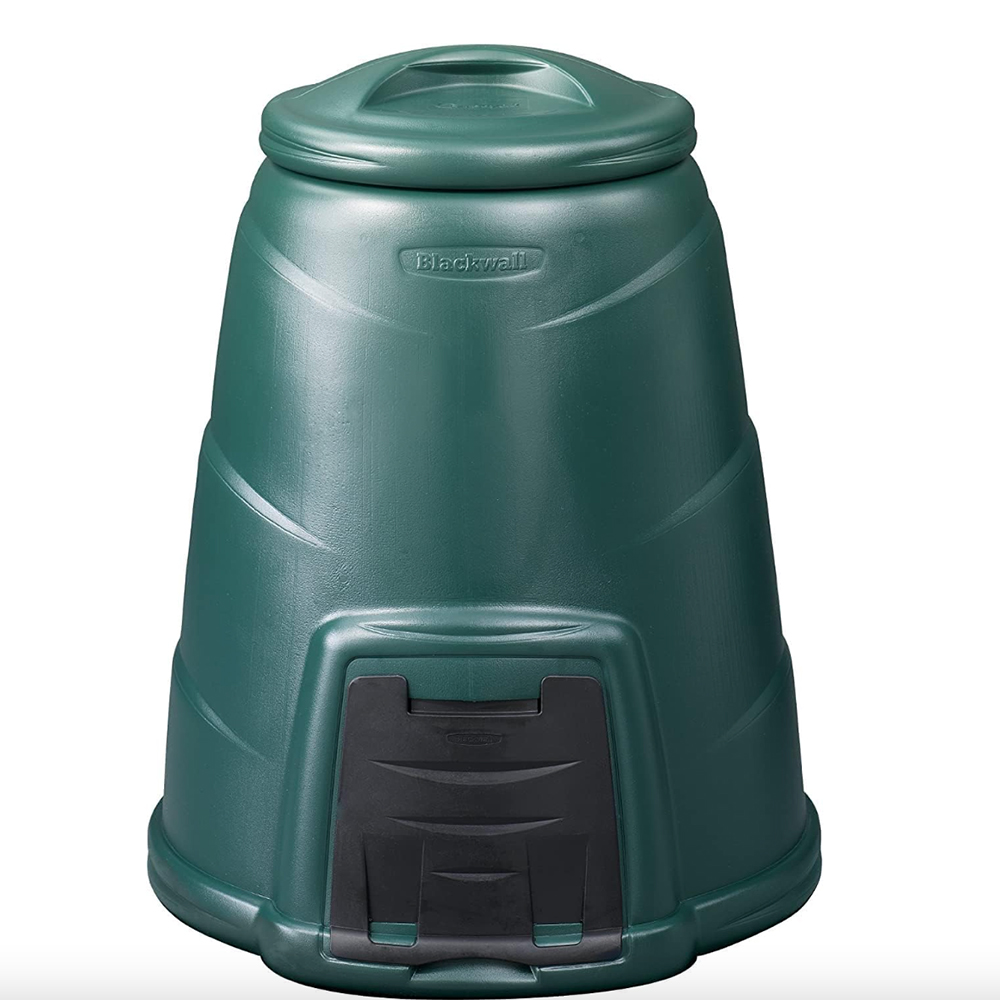How to deadhead petunias: expert guidance to enjoy extended blooms
Follow this step-by-step deadheading guide to ensure your petunias thrive all season long
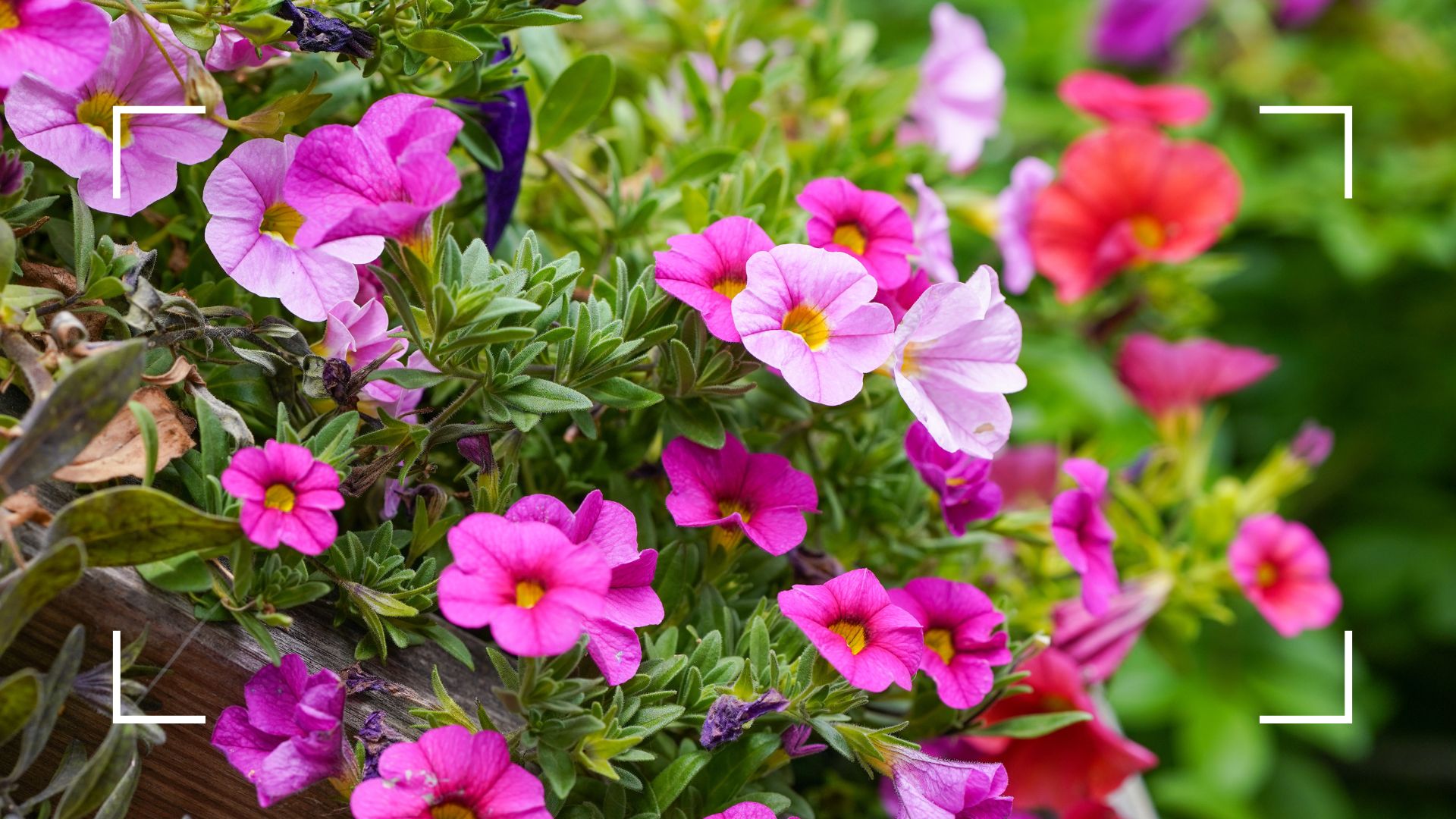

Are your vibrant petunia plants starting to wilt and lose their blooms? It's time to get the secateurs out and help them prolong their flowering period with a healthy dose of deadheading.
Knowing how to deadhead plants properly is a key part of maintaining a flourishing and long-lasting garden. Whilst there are some plants you should never deadhead, the majority of flowers will benefit greatly from a healthy chop once their blooms are spent.
Petunias are one of these flowers, and deadheading them correctly and at the right time can keep them flowering for longer. To ensure you have a perfected method, we've consulted gardening specialists for their foolproof process...
How to deadhead petunias: 5 steps for prolonged blooms
Before you start deadheading your petunias, make sure you have your gardening tool essentials at the ready and prepped. Secateurs should be thoroughly cleaned and you'll want some protective gloves on. Once you have these, it's time to deadhead
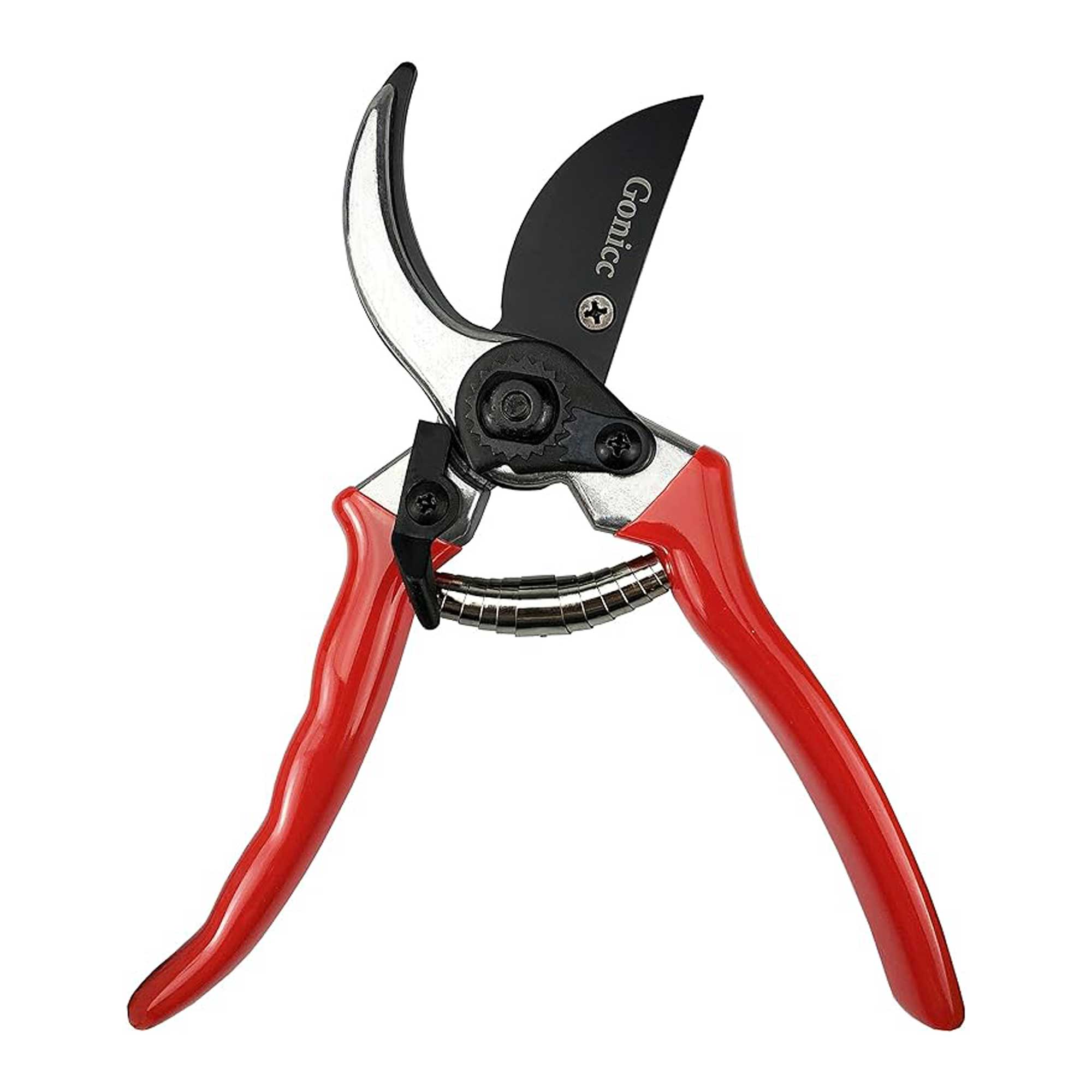
RRP: £9.95 | These popular secateurs feature a carbon steel blade and lightweight, non-slip handles, making precision pruning and deadheading easy.

RRP: £7.97 | These gardening gloves have been awarded ‘Amazon’s Choice’, and it’s easy to see why – they’re breathable, comfortable, and stylish.
1. Identify spent blooms
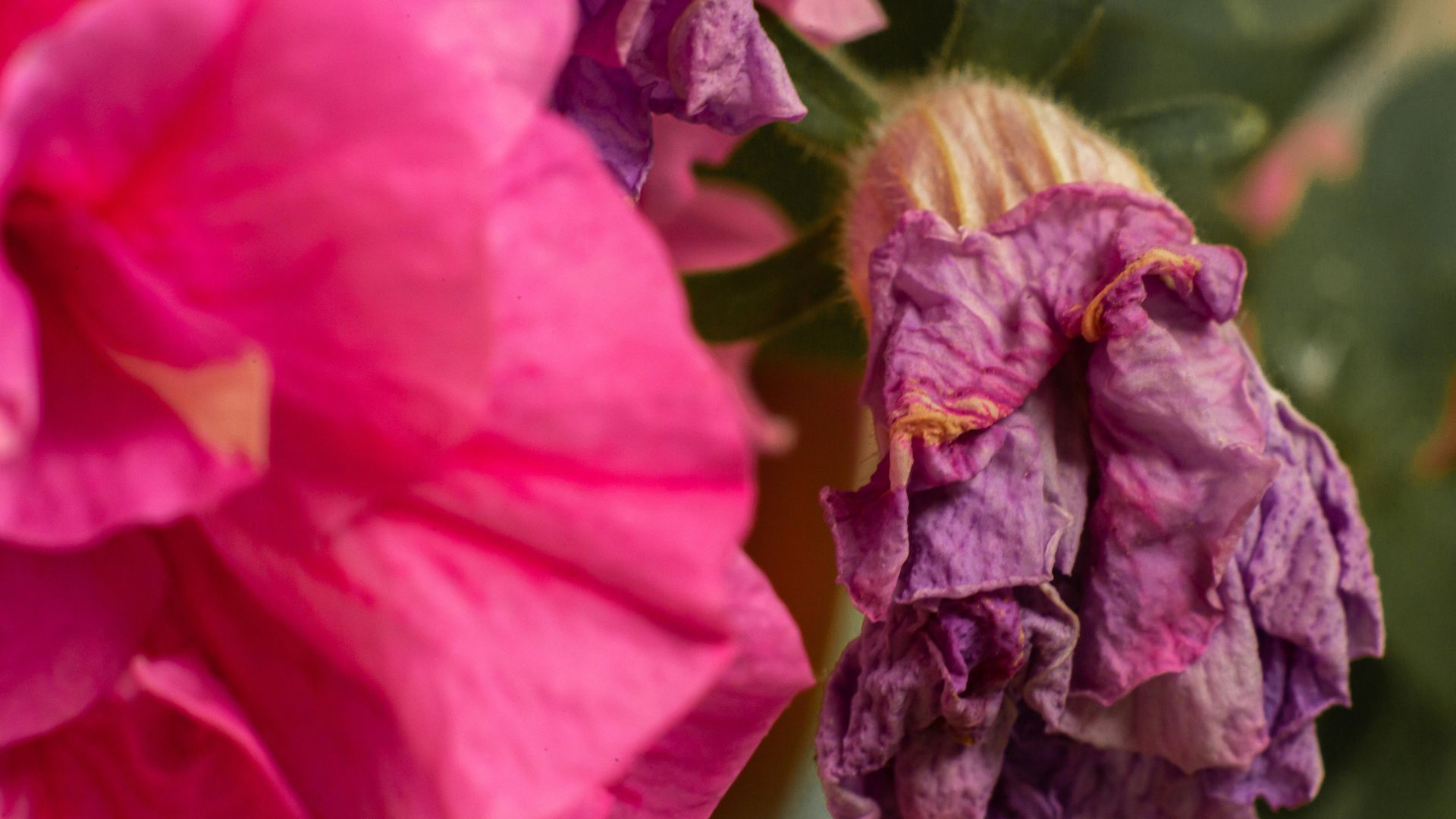
A wilted, dried up flower head that needs deadheading
Whether you've noticed whilst sorting the garden out or tend to keep an eye on your petunias, once you've seen spent blooms, it's a good idea to act pretty quickly.
"Look for flowers that are wilted, faded or dried up. These are the blooms that have completed their cycle and are ready to be removed. Don’t confuse them with buds or newly forming flowers," instructs Petar Ivanov, gardening expert at Fantastic Gardeners.

Peter has been a gardening and plant expert at Fantastic Gardeners for over 8 years, he is now one of the company's top-performing experts and manages over 6 teams of gardeners. He works on creating stunning landscapes and prioritises sustainability in his gardening methods.
2. Find the cutting spot
Now you know your plant needs to be deadheaded, it's important to find the exact spot that needs cutting with your secateurs.
Sign up to our free daily email for the latest royal and entertainment news, interesting opinion, expert advice on styling and beauty trends, and no-nonsense guides to the health and wellness questions you want answered.
"Follow the flower stem down to where it meets the next set of healthy leaves or a branching point to locate the base," instructs Jane Dobbs, Head Gardener at Allan's Gardeners. "You must remove the bloom from the base (often with a slight bulge or green seed pod) - not just the petals."
If you've deadheaded other plants like verbena, then you might be a pro at this part.

Gardening is Jane's passion, having built and maintained stunning outdoor spaces for over a decade. Taking care of all the garden projects at Allans' Gardeners is her responsibility as lead gardener. A wide range of horticultural practices come into play in Jane's work, from landscape design to plant and lawn care.
3. Pinch or snip the stem
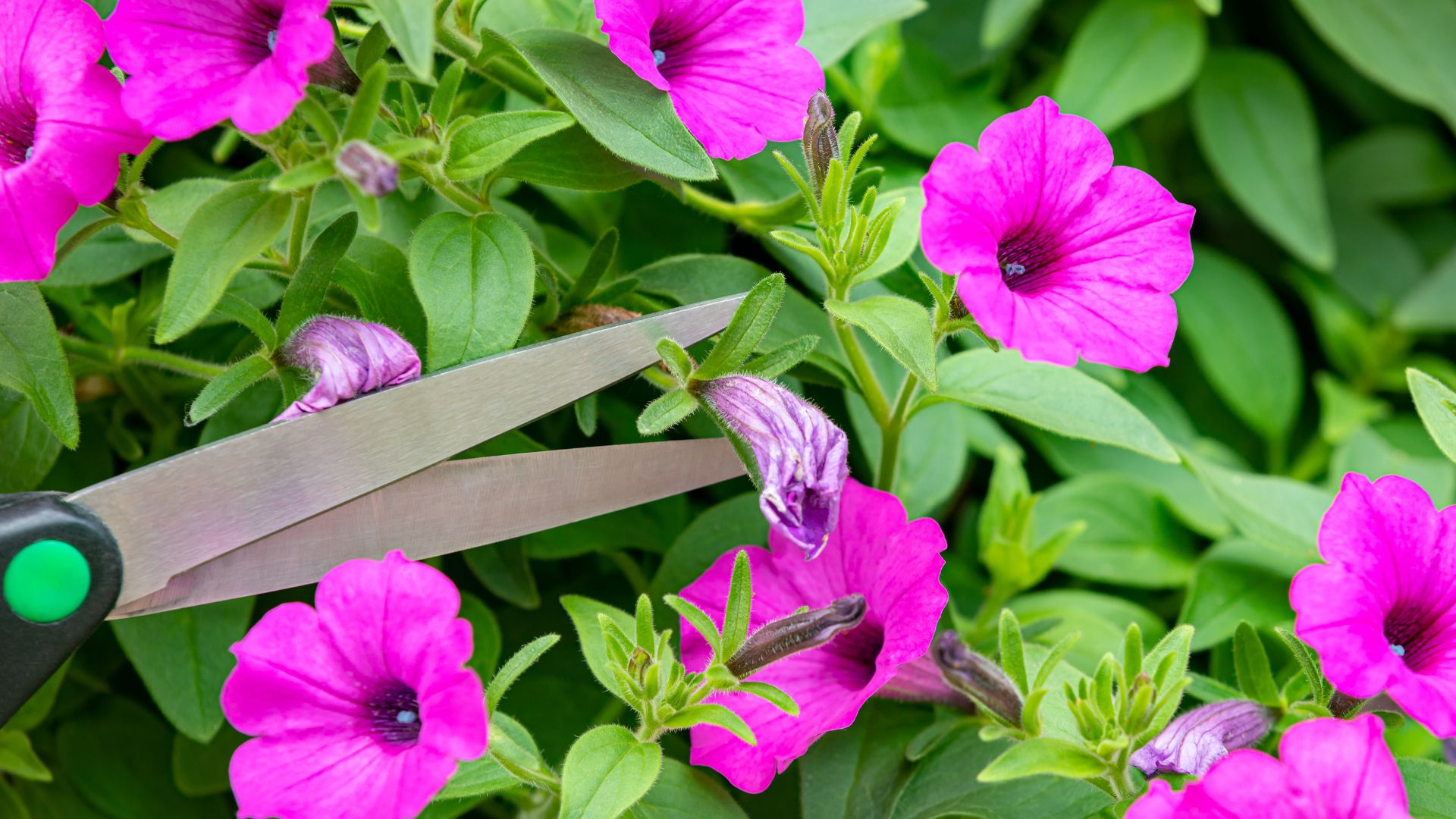
"Use your fingernails to pinch the stem just above the nearest leaf node or use clean, sharp scissors or garden snips for a cleaner cut, especially if you're dealing with a lot of petunias or thicker stems," recommends Petar.
He does point out that pinching is generally fine for small jobs, but snipping is better for large containers or garden beds. So if you're tending to lots of summer hanging baskets, it'll be much easier to use secateurs.
4. Dispose of wilted blooms
To ensure your petunias remain as healthy as possible, you'll want to clean as you go.
"Carry a small container or bag to collect the spent blooms so they don’t fall back into the soil and cause rot or fungal issues. Regularly clean your snips to prevent disease spread," says Petar.
Spent blooms are one of the things we'd recommend adding to your homemade compost, just make sure you're checking for disease or fungal issues before you add them. If the plant is diseased, then it's best to discard the cuttings in your garden waste bin.
5. Repeat every few days
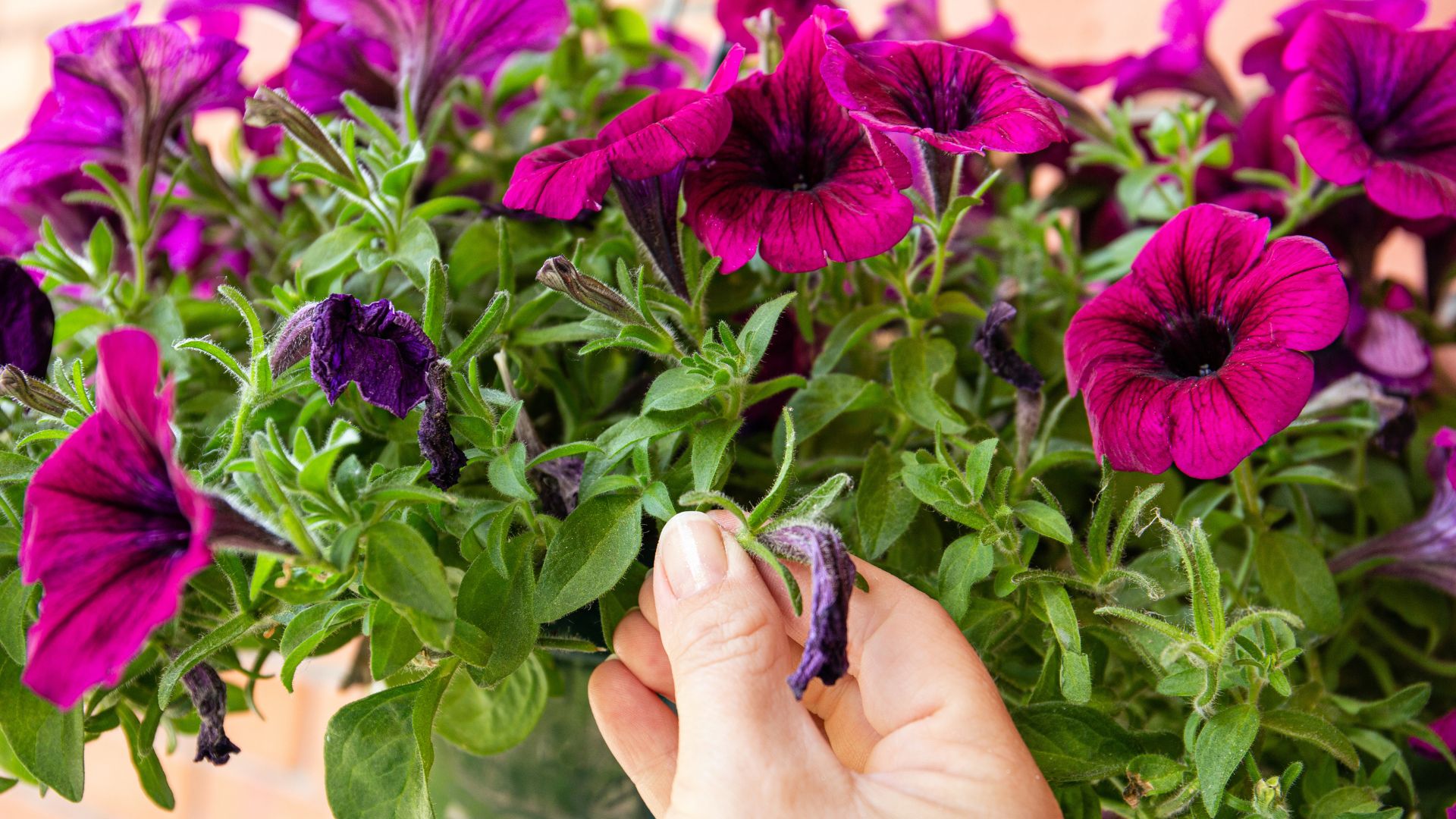
Deadheading isn't just an essential summer job that you can tick off your list when you've done it once. You'll need to keep regularly checking for spent blooms and keep up with them.
"Deadhead every 2 to 3 days during the growing season to keep plants looking neat and to encourage more blooms. For large plantings, do a full check once a week," suggests Petar.
"Some modern petunia varieties are self-cleaning, but even these benefit from occasional deadheading to boost overall appearance and flower production."
FAQs
Where do you cut when deadheading petunias?
It's important to know exactly where you should cut when deadheading a plant; deadheading daffodils is different to deadheading dahlias, after all. So, where is the sweet spot for petunias?
"Cut just above a healthy set of leaves or a leaf node, making sure to remove the faded flower along with its seed pod. Avoid simply pulling off petals, as this leaves the seed pod behind and signals the plant to stop blooming," states Jane.
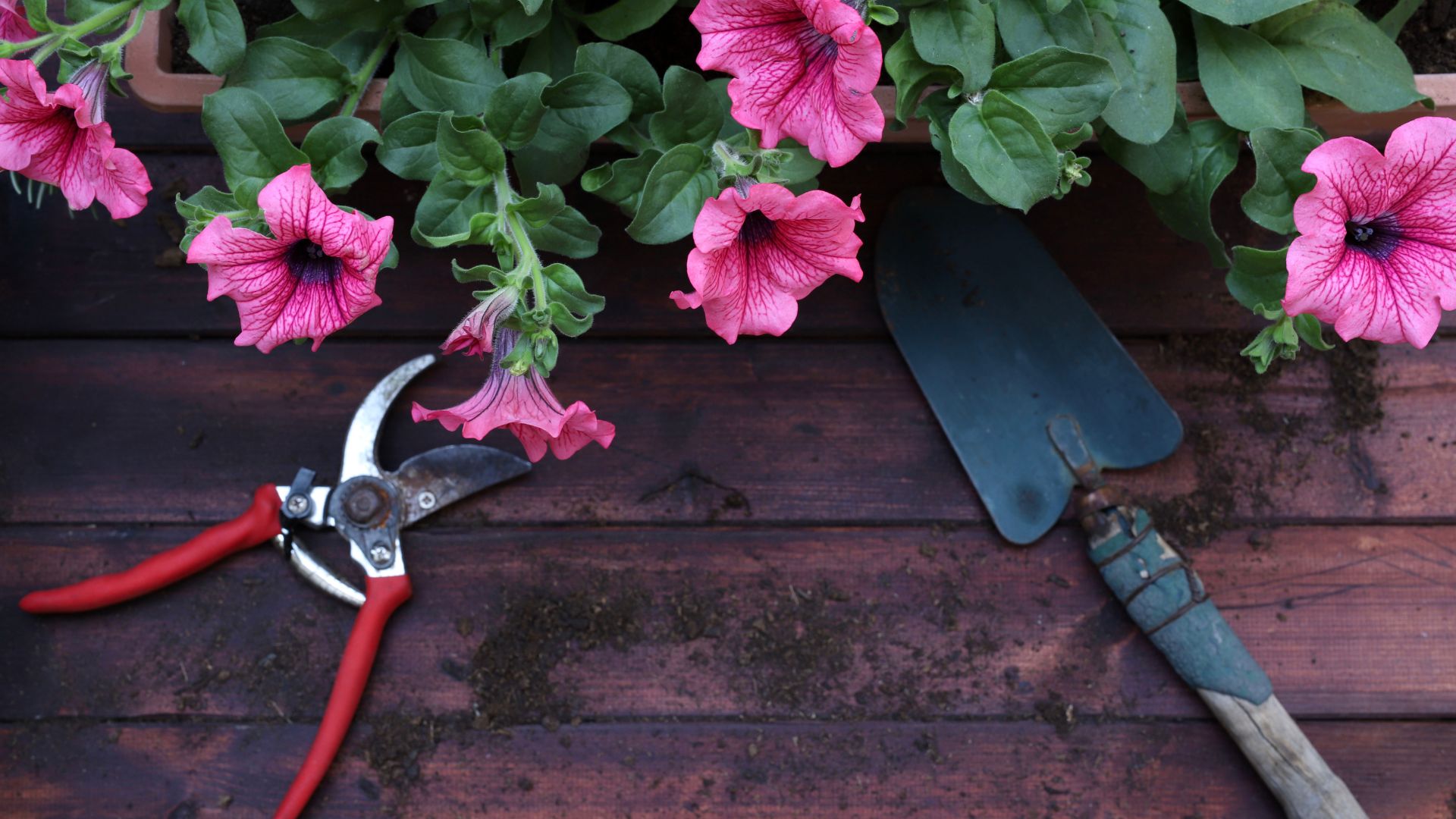
What are the common mistakes everyone makes when deadheading petunias?
In the same way you can make common houseplant mistakes, Jane warns against these petunia deadheading mishaps.
- Removing faded petals: Jane says, "Most people simply remove faded petals, but this leaves behind a seed pod, which drains the plant's energy."
- Damaging the plant: There's also the risk of damaging your petunias if their potted. Jane points out that pulling or yanking can even uproot the flower.
- Leaving the seed pod: The whole point of deadheading is to remove the seed pod so the plant's energy goes back into making it bloom again. "The seed pod lies just below the flower; leaving part of the stalk can result in seed formation, which reduces blooming," explains Jane.
- Delaying the process: If you wait too long to deadhead, then the energy you were aiming to save will have already been put away as the seed pod fully develops.
- Over-pruning: Although not deadheading can have disadvantages, doing too much can, too. "A plant can be shocked by over-pruning (confusion between deadheading and pruning). Don't deadhead large healthy sections, just spent blooms and their stems," states Jane.
Now you know how to deadhead your petunias, why not add more late summer flowers to your garden? That way, you can enjoy their blooms way into early autumn.

Emily joined woman&home as a staff writer after finishing her MA in Magazine Journalism from City University in 2023. After writing various health and news content, she now specialises in lifestyle, covering unique cleaning hacks, gardening how-tos, and everything to help your houseplants thrive.
You must confirm your public display name before commenting
Please logout and then login again, you will then be prompted to enter your display name.
